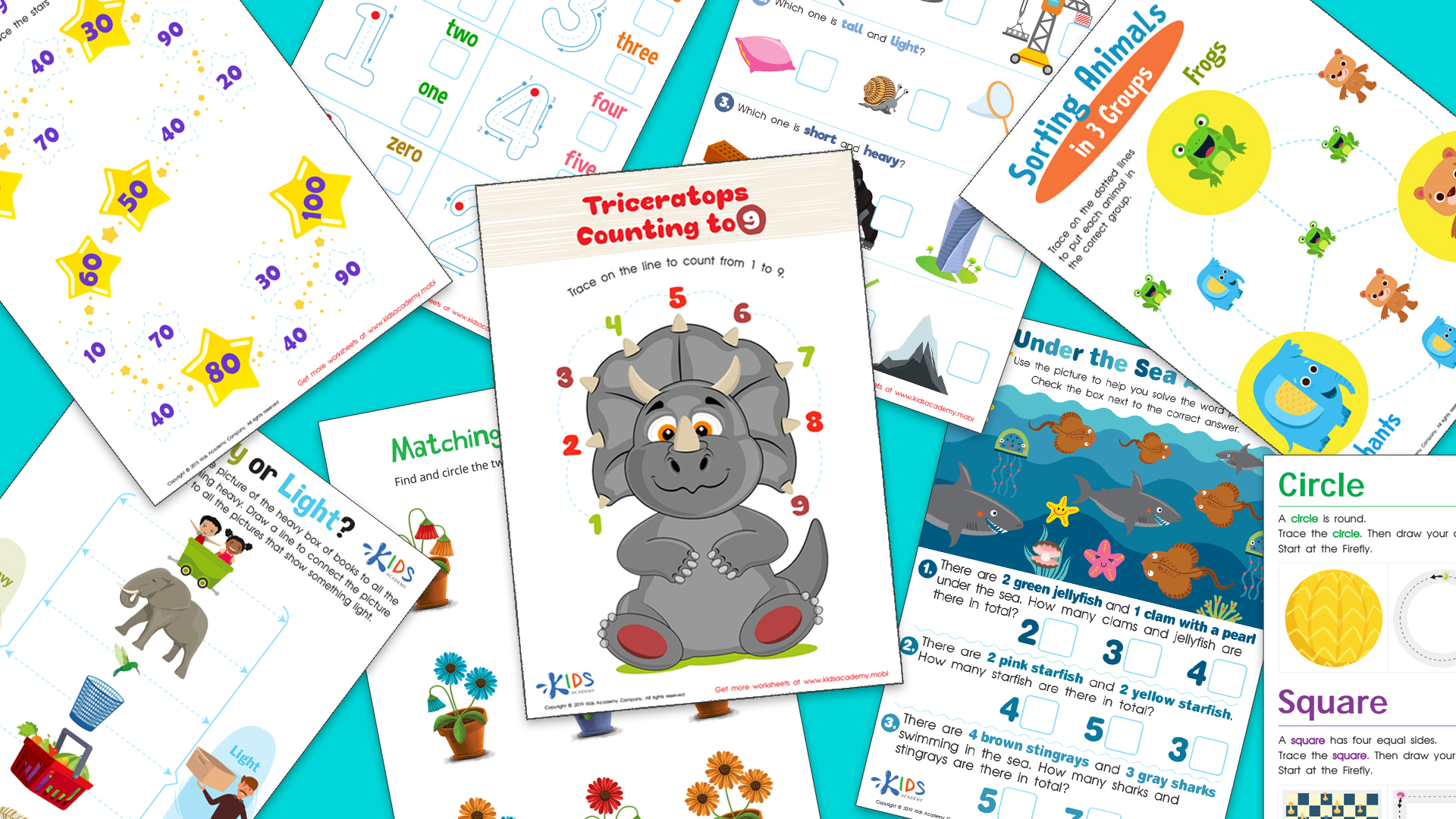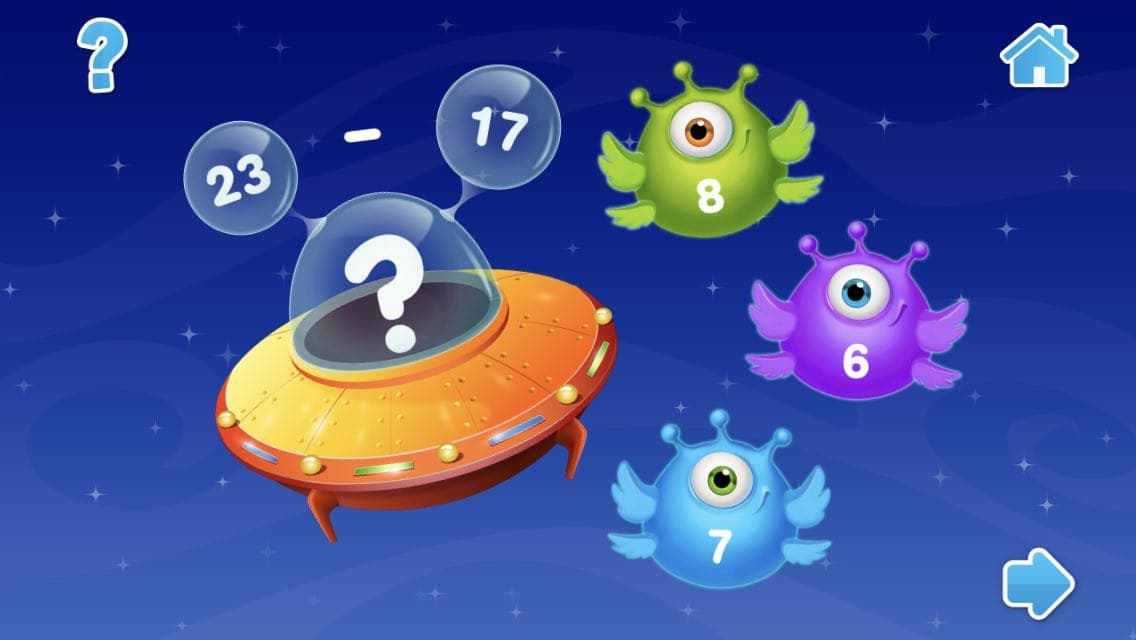Normal Alphabet worksheets activities for 8-Year-Olds
3 filtered results
-
From - To
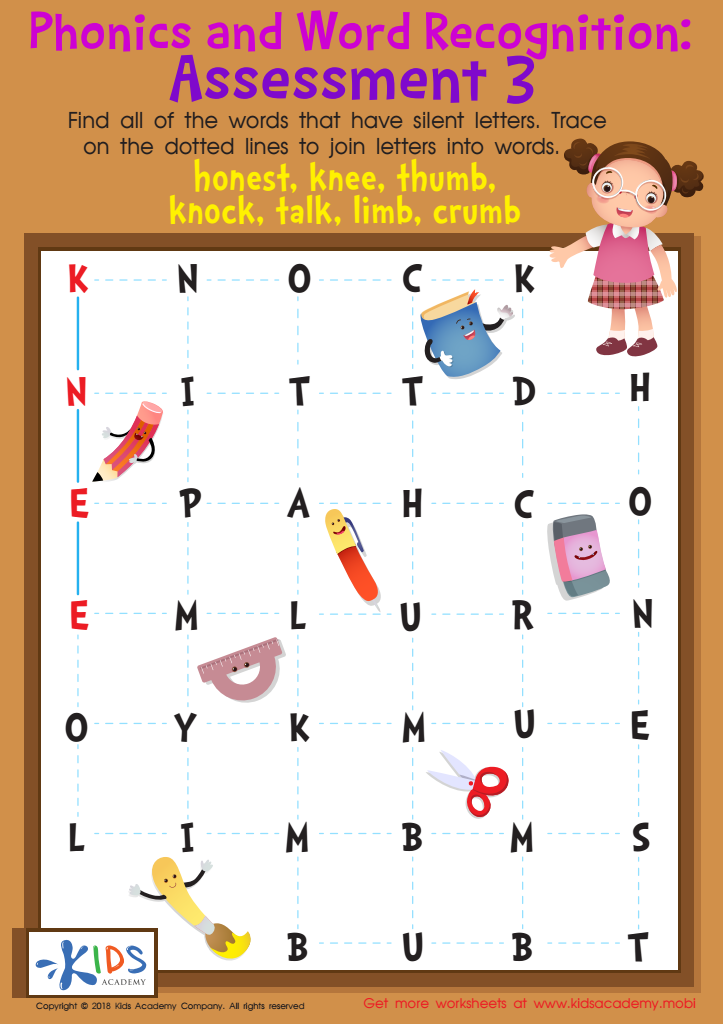

Phonics and Word Recognition: Assessment 3 Worksheet
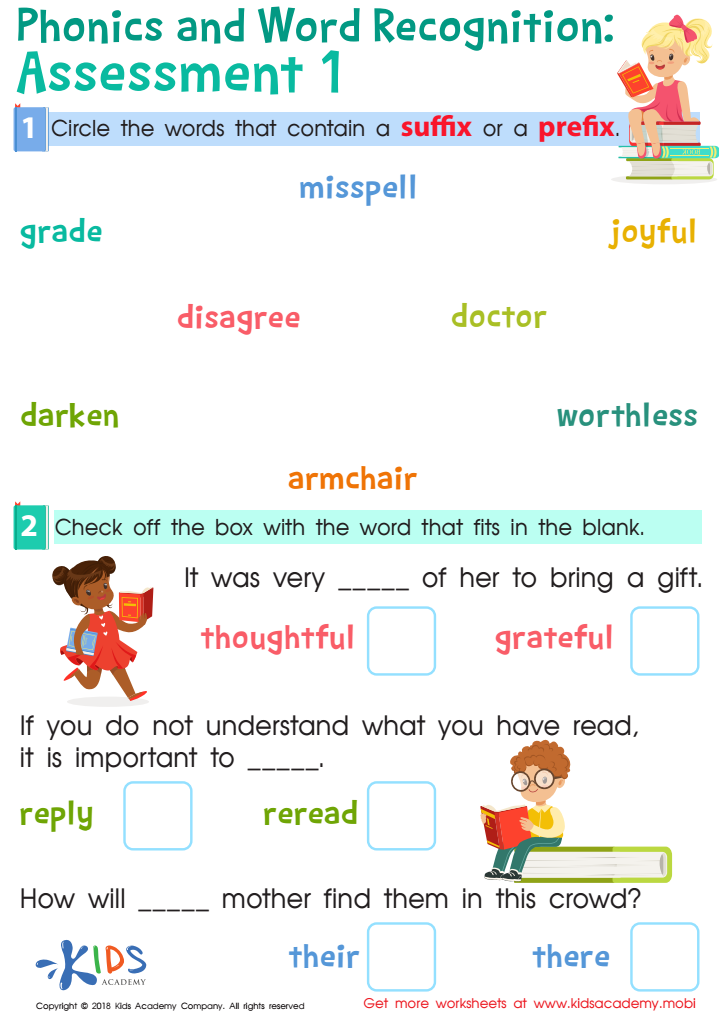

Phonics and Word Recognition: Assessment 1 Worksheet
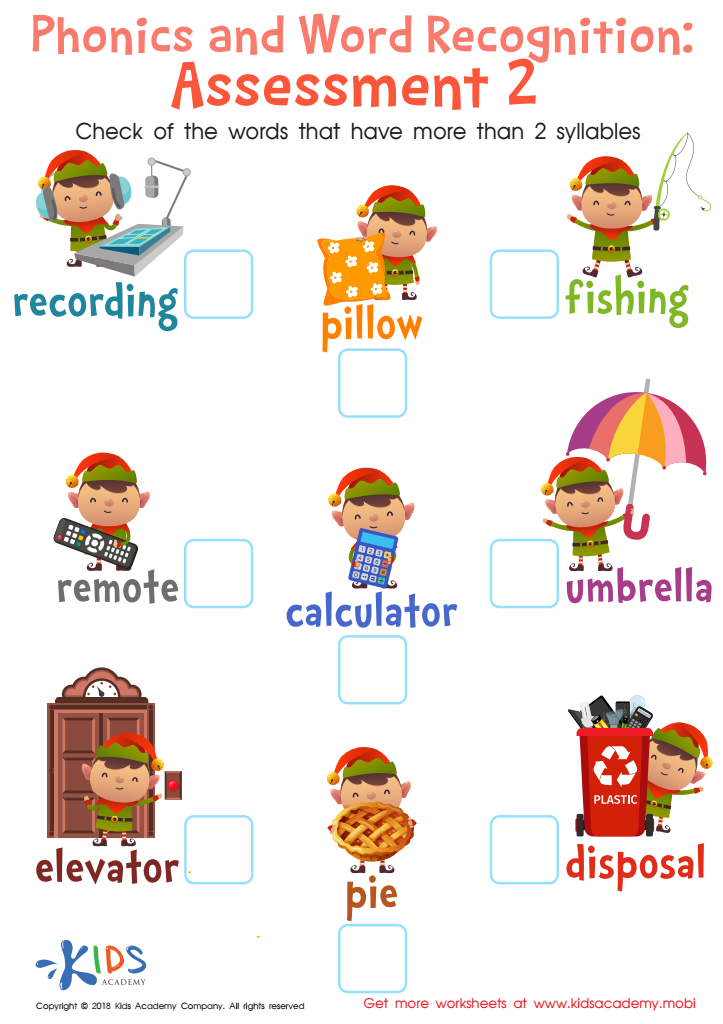

Phonics and Word Recognition: Assessment 2 Worksheet
Normal Alphabet worksheets activities are an invaluable tool for young learners beginning their journey into the world of literacy. These activities are expertly designed to introduce children to the basics of the alphabet, which is the cornerstone of reading and writing. The significance of these worksheets cannot be overstated as they lay the foundational stones for effective communication skills in later life.
First and foremost, Normal Alphabet worksheets activities offer a structured approach to learning. Each worksheet focuses on one letter, allowing children to concentrate their efforts on mastering the shape, sound, and usage of each letter before moving on to the next. This methodical approach ensures that learners gain a deep understanding of each letter, making future reading and writing tasks more manageable.
Moreover, these activities are instrumental in enhancing fine motor skills. As children trace letters, they develop hand-eye coordination and learn to control their pencil with precision. This skill is crucial not only for writing but also for other academic and daily activities.
Engagement is another key benefit of Normal Alphabet worksheets activities. They often include colorful images and fun tasks related to each letter, making learning enjoyable and exciting. This positive association with learning can foster a lifelong love for reading and education.
Additionally, these worksheets are versatile. They can be used in classrooms, homes, and even on the go. Parents and educators can easily incorporate them into various learning environments, ensuring that children have continuous exposure and practice with the alphabet.
In conclusion, Normal Alphabet worksheets activities are a fundamental resource in early education. They provide a solid foundation in literacy, enhance essential motor skills, engage young learners, and offer versatility in teaching methods. By incorporating these activities into the learning curriculum, educators and parents can significantly boost children’s readiness for more advanced literacy skills.
 Assign to My Students
Assign to My Students


